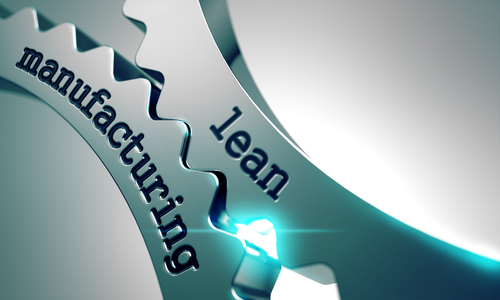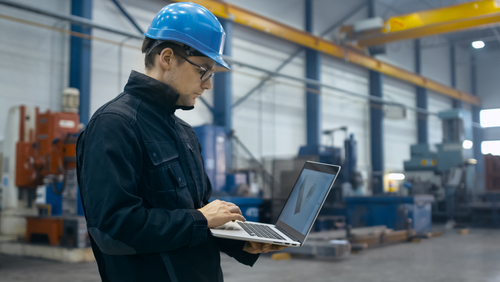Barcodes: From Chaos to Tracking
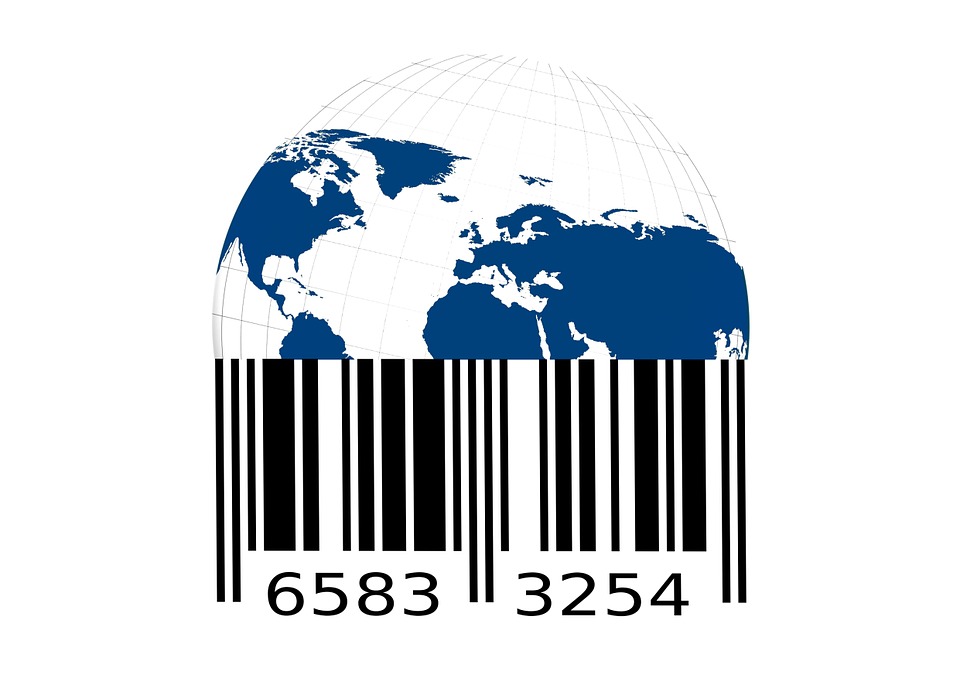
Almost 70 years ago, Joseph Woodland, a young graduate student at the Drexel Institute in Philadelphia, invented a way to speed up the check-out process in stores by automating transactions.
His idea was to mark products with a zebra-striped code, which could be easily read by machines, providing price and description of the item.
26 years later the first product marked with a barcode, the famous Wrigley’s chewing gum, entered the market setting a revolutionary trend in retail, manufacturing and stocking.
Today you will hardly find a product not marked by a barcode or its successor.
What is a barcode?
A barcode is a simple code in the form of pattern of parallel lines, sometimes with numbers, which can be easily read by a machine. Before barcodes, the checkout process required manually writing down or typing the product code; the barcode, however, can be simply scanned in a matter of seconds.
Imagine the time spent typing a 12-digit code manually for 500 products versus doing the same with a barcode scanner – that is why this technology is so revolutionary.
What are 1D and 2D barcodes?
As with any technology, barcodes have, in time, improved to become even more efficient. There are two types of barcodes: 1D, or linear and 2D.
1D
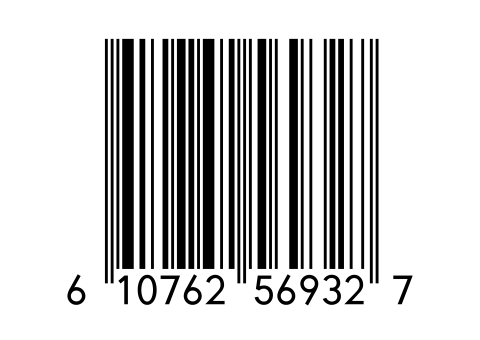
The most widely used barcode type is the 1D linear barcode in UPC (Universal Product Code) format with a 12-digit number. There are different variations of the linear barcode which are more popular in specific organizations or government institutions, like the US mail, where a POSTNET barcode is commonly used.
2D
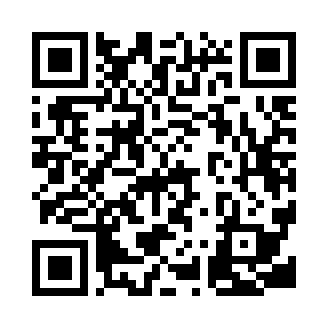
2D barcodes represent a more complex solution, and can store much more data, including text, but often require a more advanced barcode scanner. 1D scanners cannot read data from 2D barcodes, while 2D scanners can usually read both formats.
One of the most popular 2D format barcodes is the QR (Quick Response) code, which is often used for advertising purposes since it can be easily read by a mobile device and can contain the full URL address of a website or any other text, since the capacity of the QR code makes 4296 alphanumeric characters.
Barcode Scanners
Barcodes would be useless if there wasn’t a good way to automatically read them – that is why we need barcode scanners.
Despite a common belief, barcode scanners do not store any data, but only read the number that is represented by the barcode and instantly transfers this data into the system. This means that barcode scanners cannot work on their own and must be connected to a system where the data is stored and can be easily accessed and manipulated.
There are different types of barcode scanners starting with primitive 1D scanners which can read only linear barcodes, and ending with 2D scanners or universal mobile devices which can scan any code and transfer it to the system wirelessly.
Why use barcodes in manufacturing?
The simple answer would be to increase efficiency. This is especially true if you deal with a large number of products with serial numbers.
One might think that barcodes are useful only when it comes to stocking assembled products. However, the truth is, barcodes allow more efficiency even in the production stage, where it can mark completed products with unique serial numbers so that each specific item can be easily tracked and traced.
In such cases, products often have two barcodes: one is assigned to a unique serial number, while the other can contain information about product type or group.
Modern ERP/MRP systems, such as MRPeasy, also offer barcode scanner functionality. Besides that, MRPeasy is among of the first ERP/MRP solutions that allows you to use your mobile device (Android or iOS) as a fully-functional 1D and 2D barcode scanner by simply taking a picture of the barcode. This amazing feature might put an end to traditional barcode scanners as we know them.
